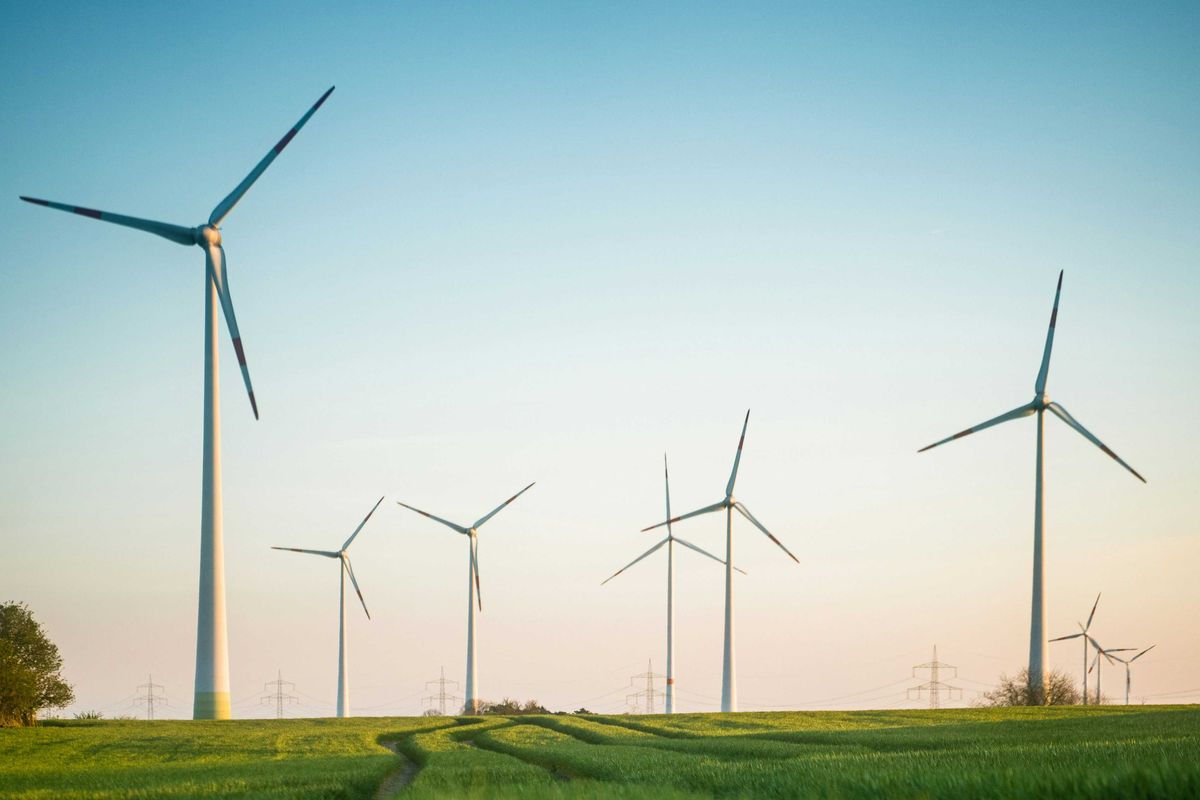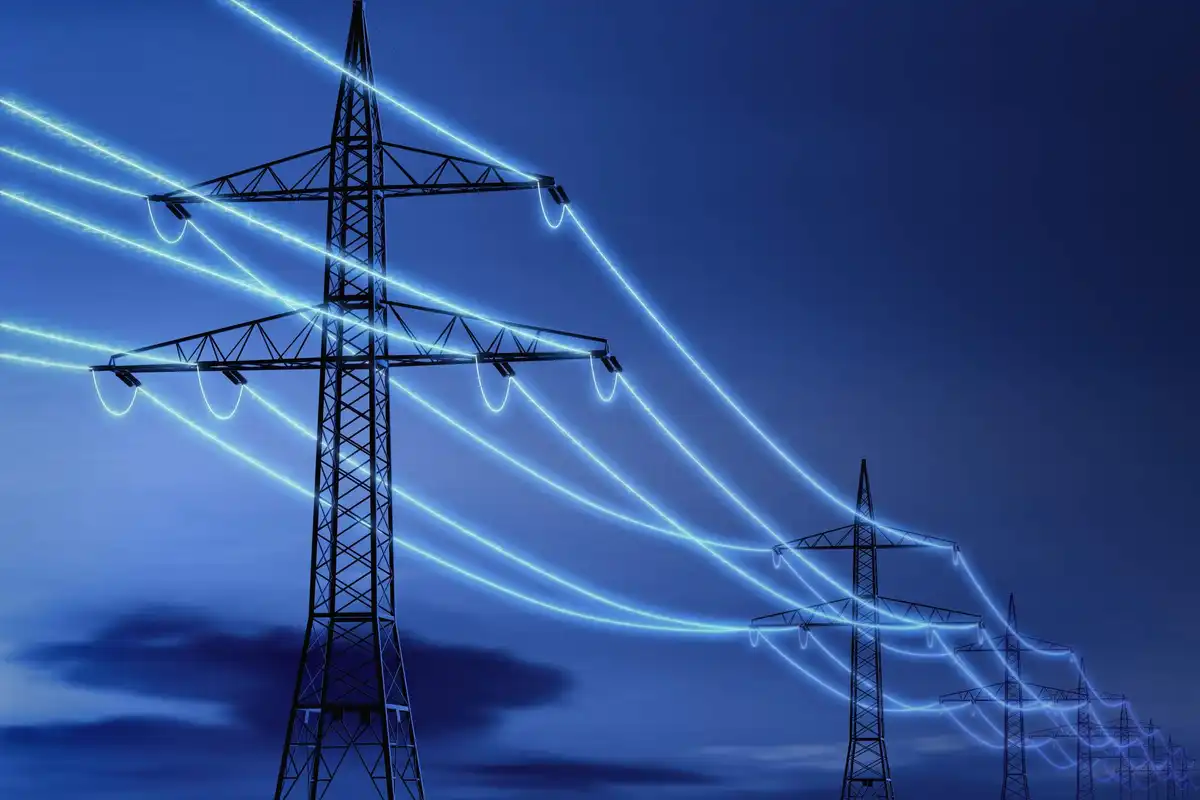Tesla sales tumble 13% as Musk backlash, competition and aging lineup turn off buyers
Tesla Talk
Tesla sales fell 13% in the first three months of the year, another sign that Elon Musk’s once high-flying electric car company is struggling to attract buyers.
The double-digit drop is likely due to a combination of factors, including its aging lineup, competition from rivals and a backlash from Musk’s embrace of right wing politics. It also is a warning that the company’s first-quarter earnings report later this month could disappoint investors.
Tesla reported deliveries of 336,681 globally in the January to March quarter. The figure was down from sales of 387,000 in the same period a year ago. The decline came despite deep discounts, zero financing and other incentives.
Analysts polled by FactSet expected much higher deliveries of 408,000.
Dan Ives of Wedbush said in a note to clients that Tesla is seeing soft demand in the United States and China, as well as facing pressure in Europe.
“The brand crisis issues are clearly having a negative impact on Tesla...there is no debate,” he said.
Ives said that Wall Street financial analysts knew the first-quarter figures were likely to be bad, but that it was even worse than expected, calling them a “disaster on every metric.”
The sales drop came three weeks after President Donald Trump held an extraordinary press conference outside the White House in which he praised Tesla, blasted boycotts against the company and bought a Tesla himself while TV cameras rolled in an effort to help lift sales.
“I don’t like what’s happening to you,” said Trump, before slipping into a red Model S and exclaiming, “Wow. That’s beautiful.”
After falling as much as 6% in early Wednesday, Tesla stock shot up more than 5% in afternoon trading after a report from Politico, citing anonymous sources, that Musk may soon step down from leadership of his Department of Government Efficiency, the cost-cutting group that has led to tens of thousands of federal workers losing their jobs.
Tesla investors have complained the DOGE work has diverted Musk's focus from Tesla, where he is the CEO. On Tuesday, New York City's comptroller overseeing pension funds down $300 million this year on Tesla holdings called for a lawsuit accusing a distracted Musk of "driving Tesla off a financial cliff.”
Tesla’s stock has plunged by roughly half since hitting a mid-December record as expectations of a lighter regulatory touch and big profits with Donald Trump as president were replaced by fear that the boycott of Musk's cars and other problems could hit the company hard.
Analysts are still not sure exactly how much the fall in sales is due to the protests or other factors. Electric car sales have been sluggish in general, and Tesla in particular is suffering as car buyers hold off from buying its bestselling Model Y while waiting for an updated version.
Still, even bullish financial analysts who earlier downplayed the backlash to Musk’s polarizing political stances are acknowledging that it is hurting the company, something that Musk also recently acknowledged.
“This is a very expensive job,” Musk said at a Wisconsin rally on Sunday, referring to his DOGE role. “My Tesla stock and the stock of everyone who holds Tesla has gone roughly in half."
The protests come as the Austin, Texas electric vehicle maker faces fierce competition from other EV makers offering vastly improved models, including those of BYD. The Chinese EV giant unveiled in March a technology that allows it cars to charge up in just five to eight minutes.
Tesla is expected to report earnings of 48 cents per share for the first quarter later this month, up 7% from a year earlier, according to a survey of financial analysts who the car company by research firm FactSet.
Nearly all of Tesla’s sales in the quarter came from the smaller and less-expensive Models 3 and Y, with the company selling less than 13,000 more expensive models, which include X and S as well as the Cybertruck.








 Air Liquide and Hyundai agreed to expand hydrogen refuelling networks, storage capacity and more at a meeting in Seoul last week. Photo courtesy Air Liquide.
Air Liquide and Hyundai agreed to expand hydrogen refuelling networks, storage capacity and more at a meeting in Seoul last week. Photo courtesy Air Liquide.
